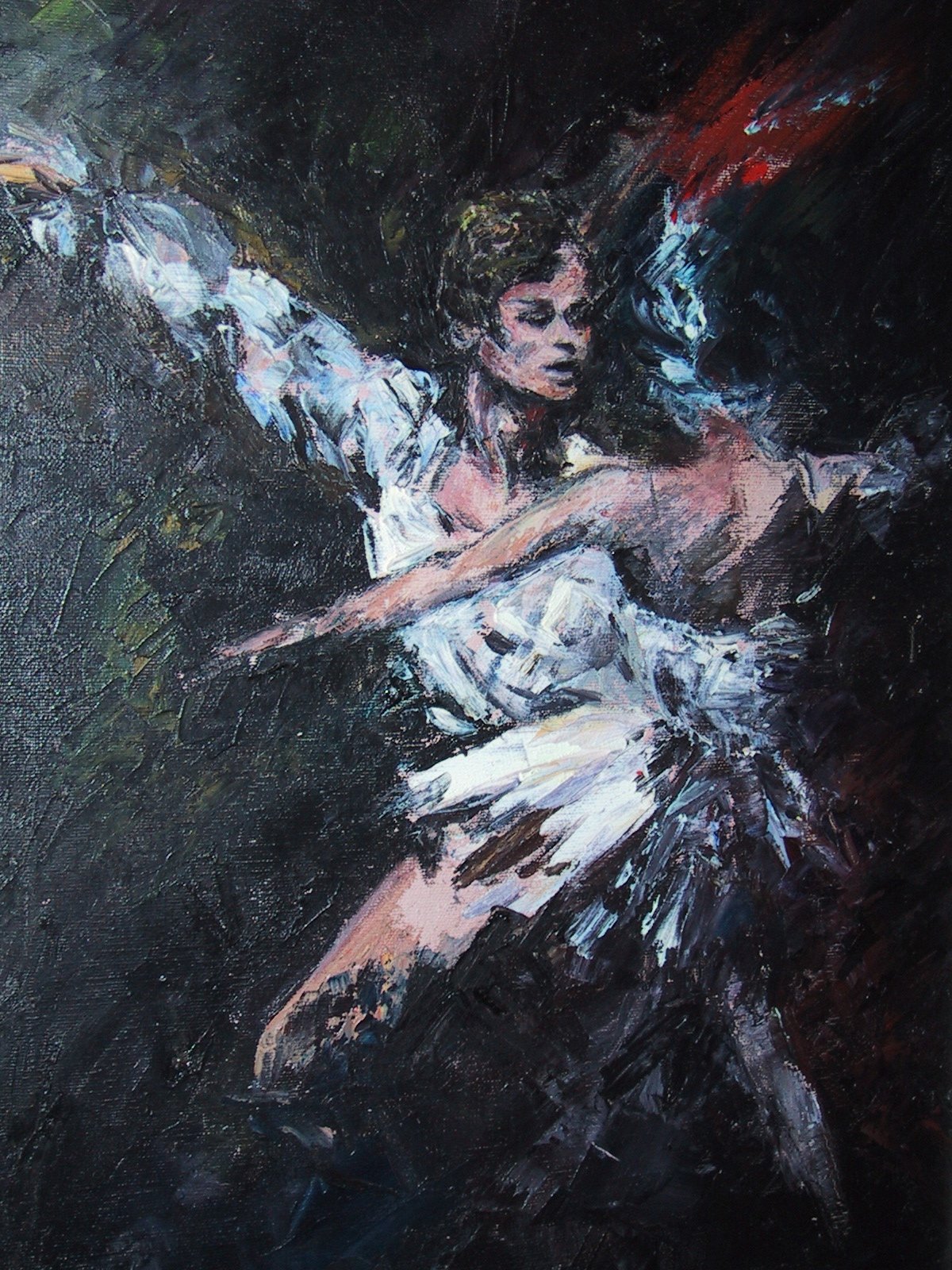The contretemps over “Good Morning America” co-anchor Lara Spencer mocking Prince George for taking ballet lessons is both a tempest in a teapot and the latest salvo in the culture wars that began with the demonization of Western civilization in the 1960s by liberals who could not separate it from its imperialistic, colonial roots and continued with the demonization of the arts in the 1970s and ’80s by conservatives who decried the arts falsely as a louche tax drain.
“We’ll see how long that lasts,” Spencer retorted to the news that the young prince is taking ballet lessons, with his father Prince William’s enthusiastic approval. It was the flippant, stupid remark of someone with no cultural background (remember her short-lived stint on PBS’ “Antiques Roadshow”?) trying to be witty or at least cool, and it was met with swift condemnation, a swift apology and a redemptive moment played out against the backdrop of 300 male dancers in Manhattan’s Times Square.
And that would be the end of it, except that, as one person put it, you can’t unring a bell, particularly in a divisive time in which every statement seems to be a clarion call to partisanship. Perhaps that’s unfair. We all make mistakes. We’re all more than our worst days. Yet Spencer’s ridicule cannot be undone, particularly for those who have been mercilessly bullied or marginalized for their love of the arts.
Some critics remembered that the young prince’s grandmother — Princess Diana, whose death in a 1997 Paris car accident will be commemorated Aug. 31 — loved dancing. We can still see her doing a surprise pas de deux with Wayne Sleep at the Royal Ballet or dancing with John Travolta at the Reagan White House, all girlish delight in a black velvet dress.
A fairy tale moment: Princess Diana takes a spin on the dance floor at the White House in 1985. Courtesy the Ronald Reagan Presidential Foundation & Institute.
But others saw a kind of double prejudice. Spencer’s comment — born of the ignorance of arrogance, the arrogance of ignorance — was a reminder that not only do many still consider dance to be exclusively a feminine pursuit but that many still consider feminine pursuits to be inferior to masculine ones.
This is richly ironic as dance began in prehistoric times as part of religious rituals led by men. It was about men dancing, not women. Once ballet was codified in the Renaissance, dance remained the province of men. In the Baroque era, Louis XIV performed the role of the sun god Apollo in elaborately costumed balletic spectacles at Versailles not because he wanted to be pretty or feminine but because he wanted to consolidate something that has defined men from the dawn of humanity — power.
It was another Louis — the legendary New York Yankees first baseman Henry Louis “Lou” Gehrig, a regular attendee of the opera and ballet with wife Eleanor — who said that dancers make the best athletes. Today, football coaches hire ballet teachers to improve their players’ footwork, flexibility, strength, stamina and discipline. Among elite athletes, Novak Djokovic, famed for his fluidity on the tennis court, studies ballet alongside wife Jelena, while Serena Williams has married the tutu to the warrior woman.
But dancers are superior to athletes, because unlike the athlete, the dancer has to do everything he does .beautifully with no sign of pain, and there certainly is screaming, lifelong pain. To those who still think dance is sissy, I would suggest you take a class and, if you survive that, get set for an afternoon of rehearsals interspersed with laundry and hammering and sewing pointe shoes and ballet slippers into shape before an evening in which you may dance in three or four pieces. And you want to dance in all those pieces as a corps de ballet member, because that’s the way you get noticed and move up in the ranks.
Your day off will be filled with chores, maybe a massage and more laundry. When the season ends, you look for other work, for you are now unemployed. And you better have an education or some teaching skills, because dance careers are short and may be cut shorter by injury. Indeed, you might be looking at a hip replacement at 40. I
Dance, then, is not for the faint of heart but for those with the talent, training, technique and temperament to meet its challenges. In a 40-year career of covering culture, I’ve had the privilege of writing about all the great male dancers from the second half of the 20th century. I’ll mention but two. Former Royal Ballet star and artistic director Anthony Dowell was once asked how he coped with losing his parents, with whom he lived well into adulthood, within six months of each other. He talked about the discipline of the dance getting him through it.
The best dancer I ever saw was Damian Woetzel, the Harvard-educated former New York City Ballet principal who now heads the Vail Dance Festival and Juilliard. I can remember his debut in George Balanchine’s “Prodigal Son,” a role he had to fight for. He was a princely type; the prodigal son, a character part.
But I remember, too, those final moments when he crossed the stage on his knees, his arms behind his back in supplication, only to be swept up into his “father’s” arms and the sound of the two men seated next to me, weeping.

